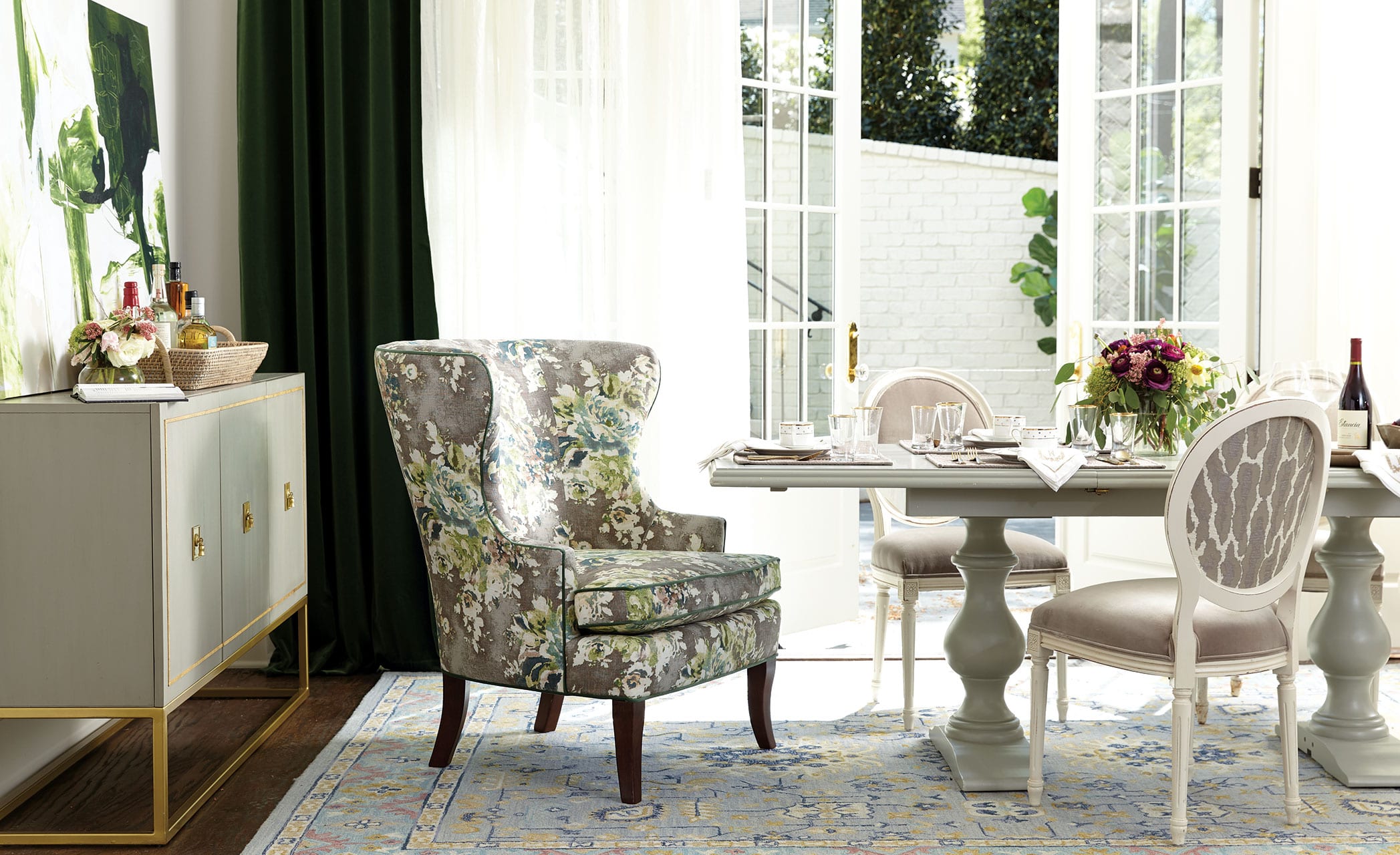11 Top Tips To Choose The Right Dining Table For Your Home

Dining tables have many shapes and sizes to confuse anyone. The looks and quality sure are essential, with the seating being the critical element. However, tables must have space for the diners to walk around freely and to get food without extending arms. So, before you buy a dining room table, go through the points mentioned to know which the right one is.
- Measure Distance between Table to Wall
- Measure Distance between Table to Furniture
- Method to Measure
- Learn the exact seating size
- Why Round table fit Less Space
- Check Round Table Seat Size
- Why Rectangular Table for Narrow Space
- Check Out Rectangular Table Seat Size
- Why Choose Rotating Tray or Turn Table
- Opt for Big Table with Bench
- Square Tables are good
First is to determine the space for the people who will sit down and get up without fuss from their dining seats. The measurement between the table and the wall is 100 to 120 centimetres.
To measure the distance from the table to furniture, then start doing it from the edge of the furniture and not the wall.
How to measure a table size in a room? Use a bedsheet and place it where the table leads. Next, fold the sheet into the shape of the table. You will get an idea of how much space is required. Also, include the area with leaves.
The furniture shop must recommend the capacity of people that can comfortably sit beside the table without touching elbows on (when eating)—an individual needs at least 60 centimetres of space to eat. If the table has a functional area, then another seat can be adjusted for a large group of diners.
Round tables have no corners and fit in tight spaces. More people can sit around because of the lack of curves. Better is the pedestal table due to its extra legroom. Accompany the round ones with transparent acrylic chairs for space and a beautiful display in your small room.
While Measuring The Round Tables, Use The Following calculation.
- 90 centimetres having pedestal for four base seats
- 120 centimetres with legs for four seats
- 150 centimetres having pedestal for six base seats
- 150 centimetres with legs for four seats
- 180 centimetres having pedestal base or legs for eight seats
- 210 centimetres having pedestal base or legs for nine seats
Table suppliers may recommend you to add more seating for a tighter fit. But do note that pedestal bases accommodate more people as there are no legs in the way. Also, the large round table makes it difficult for you to reach for food.

The rectangular table is best for long and narrow room spaces. People can come and go without pausing—their table length is more, and so is the width. Use the below to measure the seating size of a rectangular table.
- 120 centimetres for four seats
- 150-180 centimetres for six seats
- 210 centimetres for eight seats
- 240 to 300 centimetres for ten seats
- 300 to 335 centimetres for twelve seats
Rotating or turntables measuring 150 to 180 centimetres in diameter offer convenience due to its space-saving ability. The only issue is when it is large, then the harder it becomes to reach stuff kept on it.
When space is less, then buy a big table and have benches around instead of chairs. Also, ensure that they slide under the table.
For rooms appearing in the square, then tables with the same shape are better because of the equal distance between the seats.






